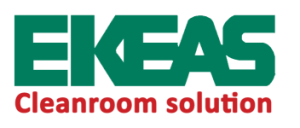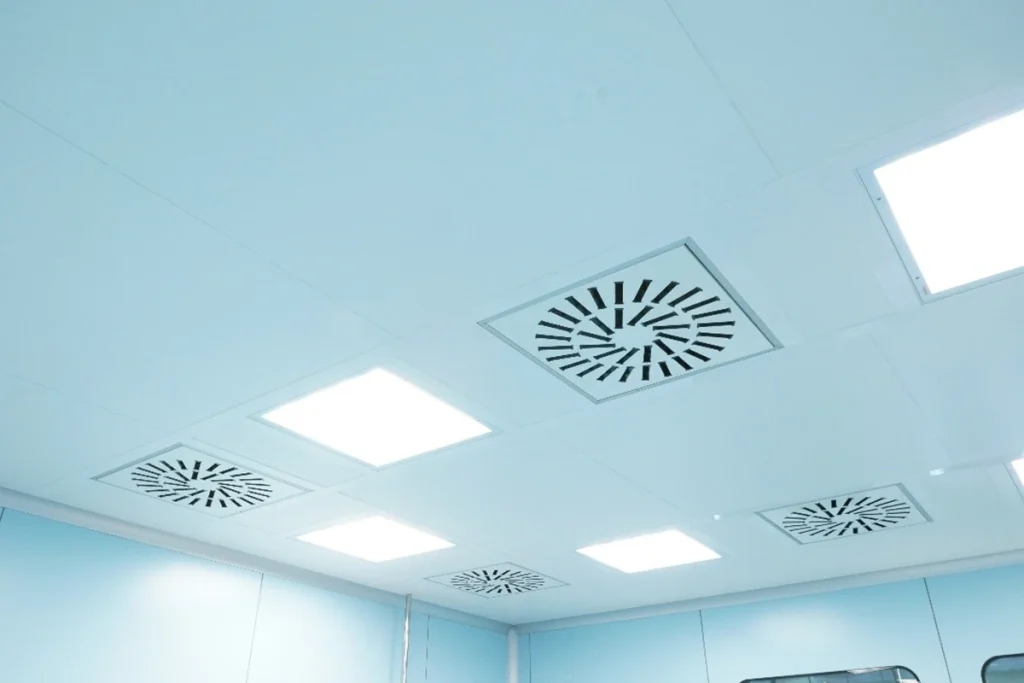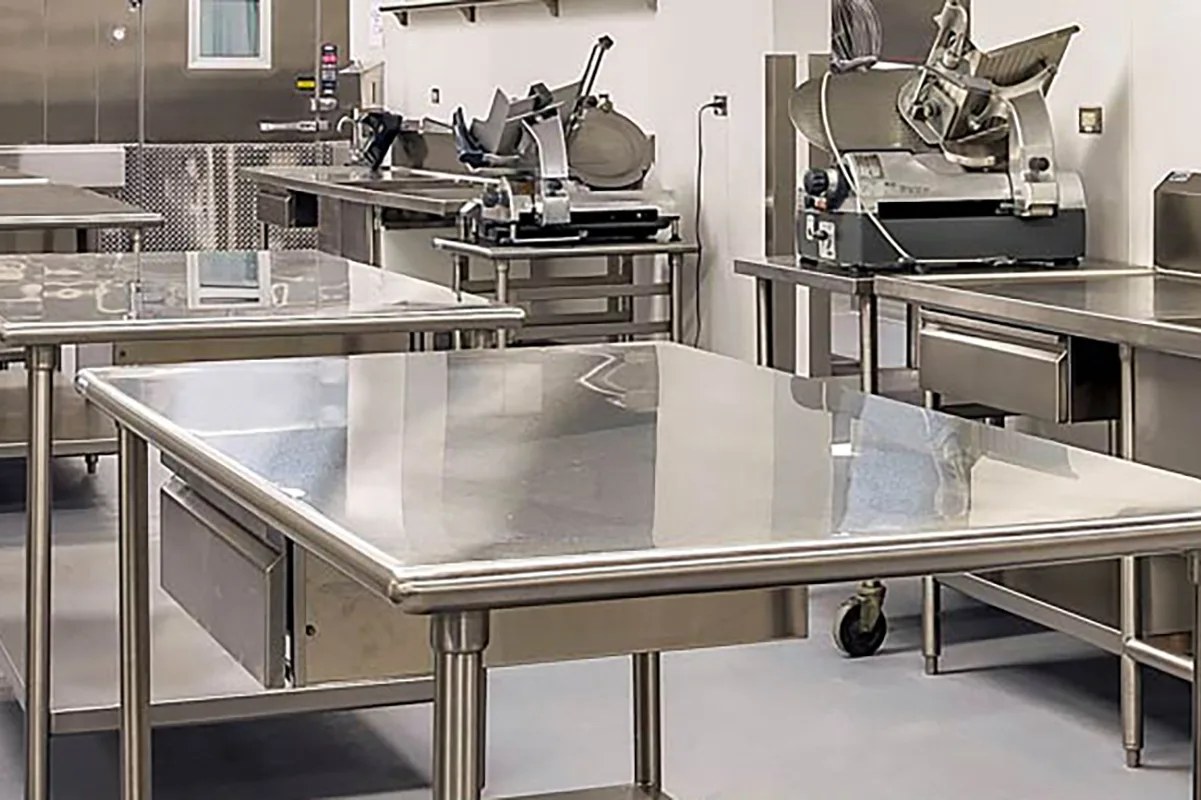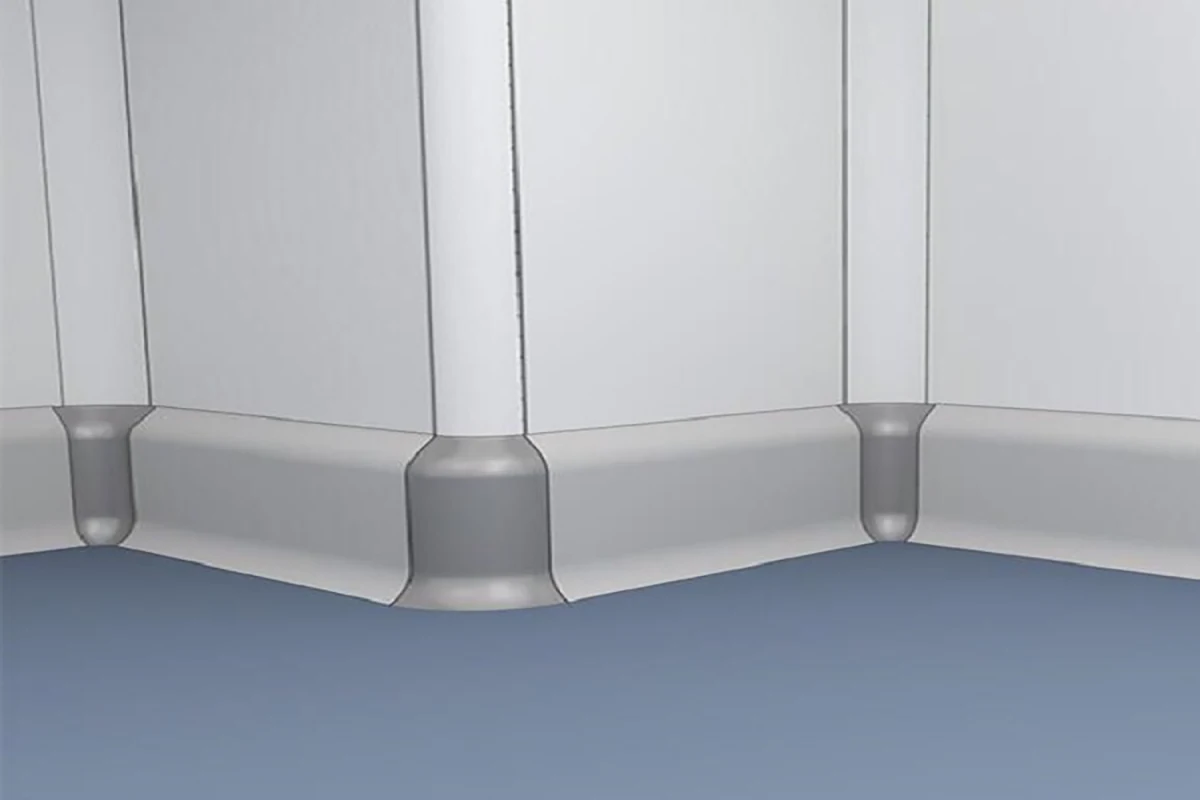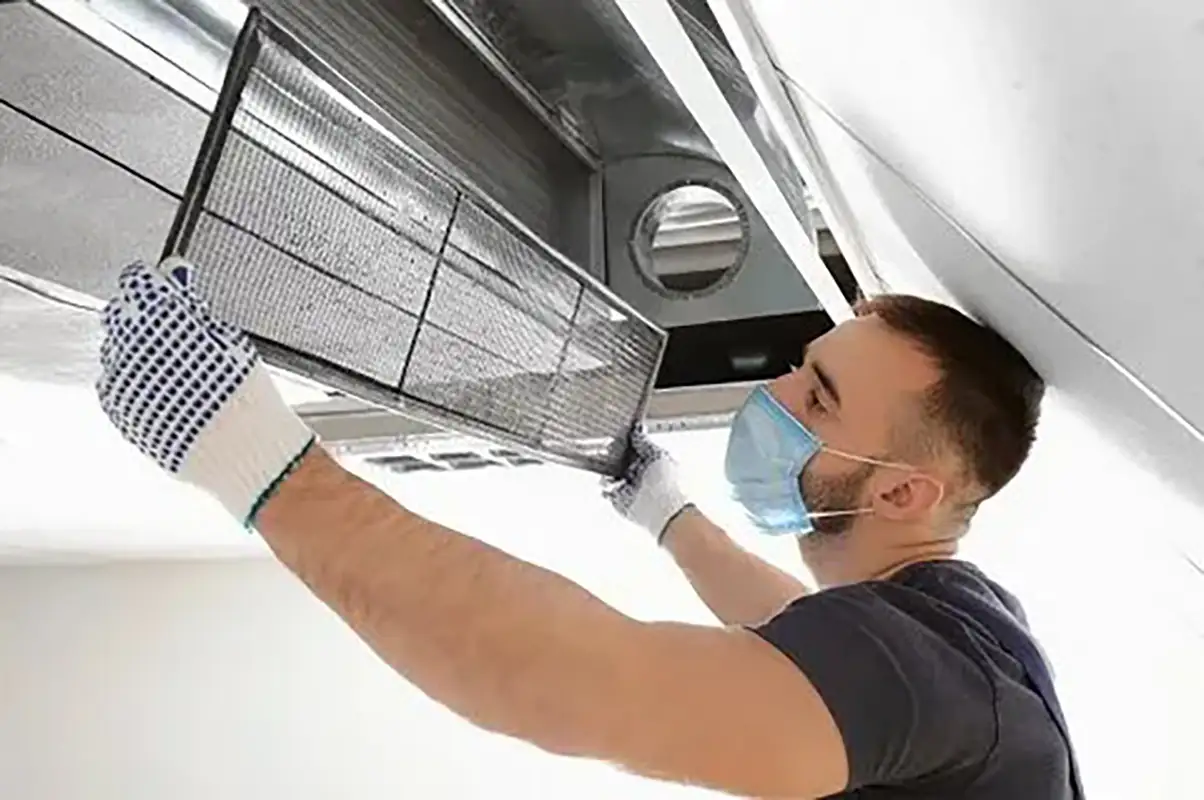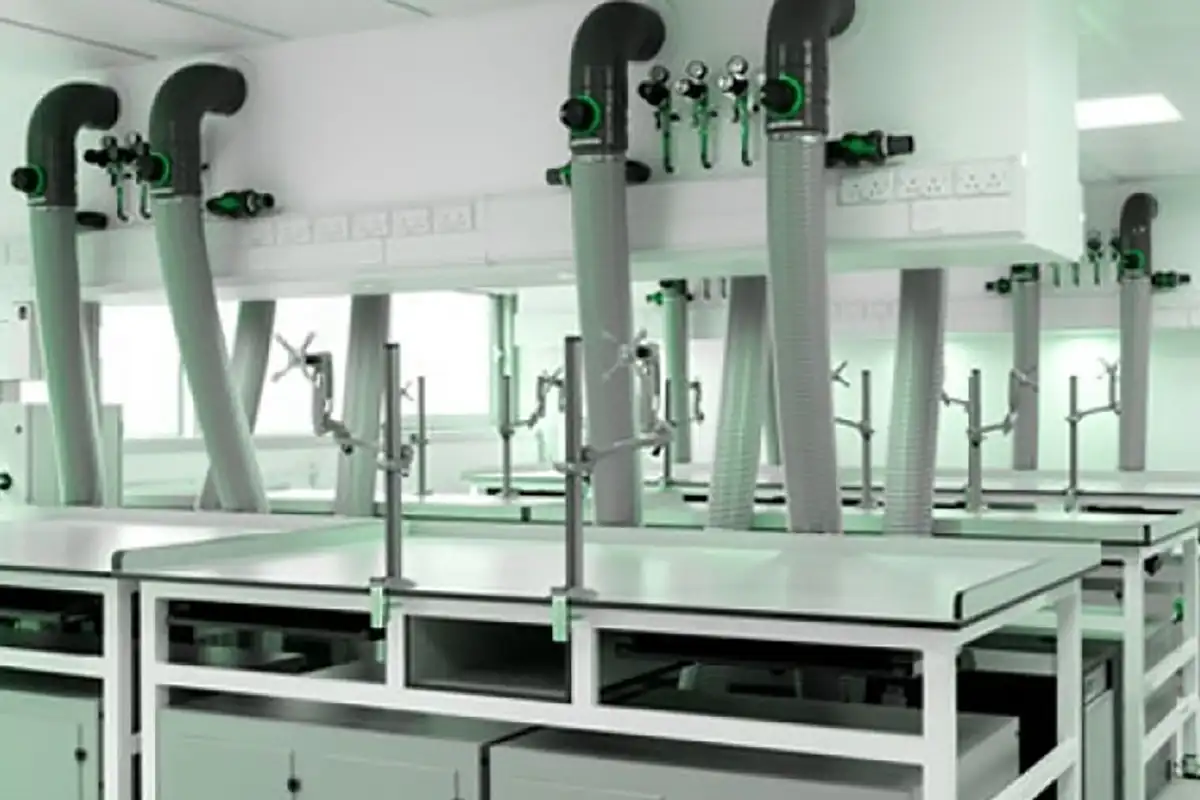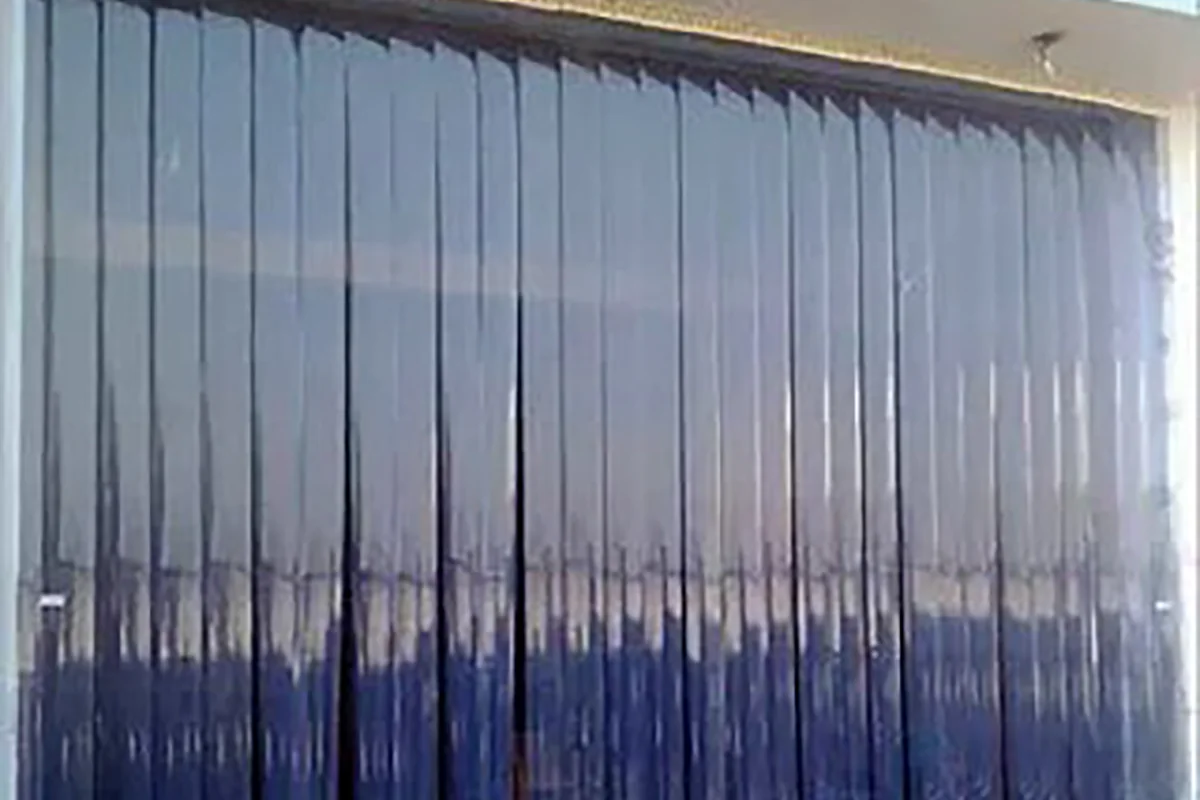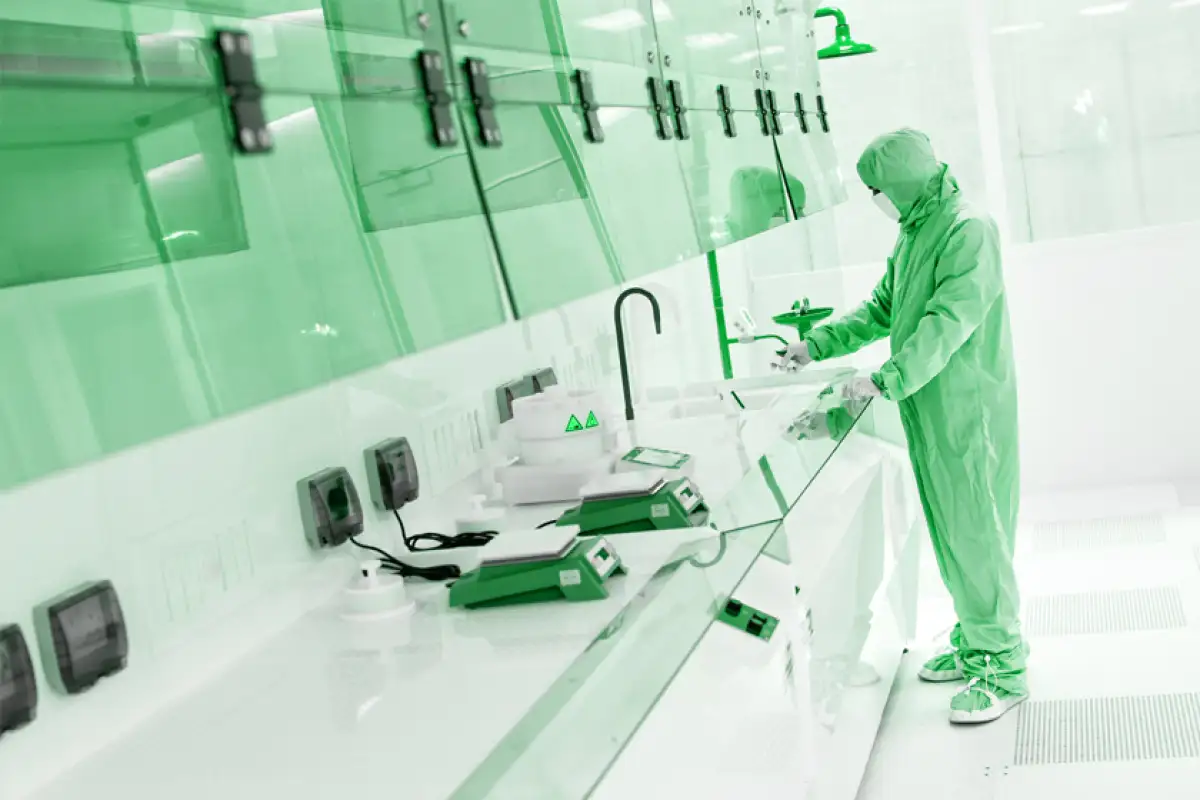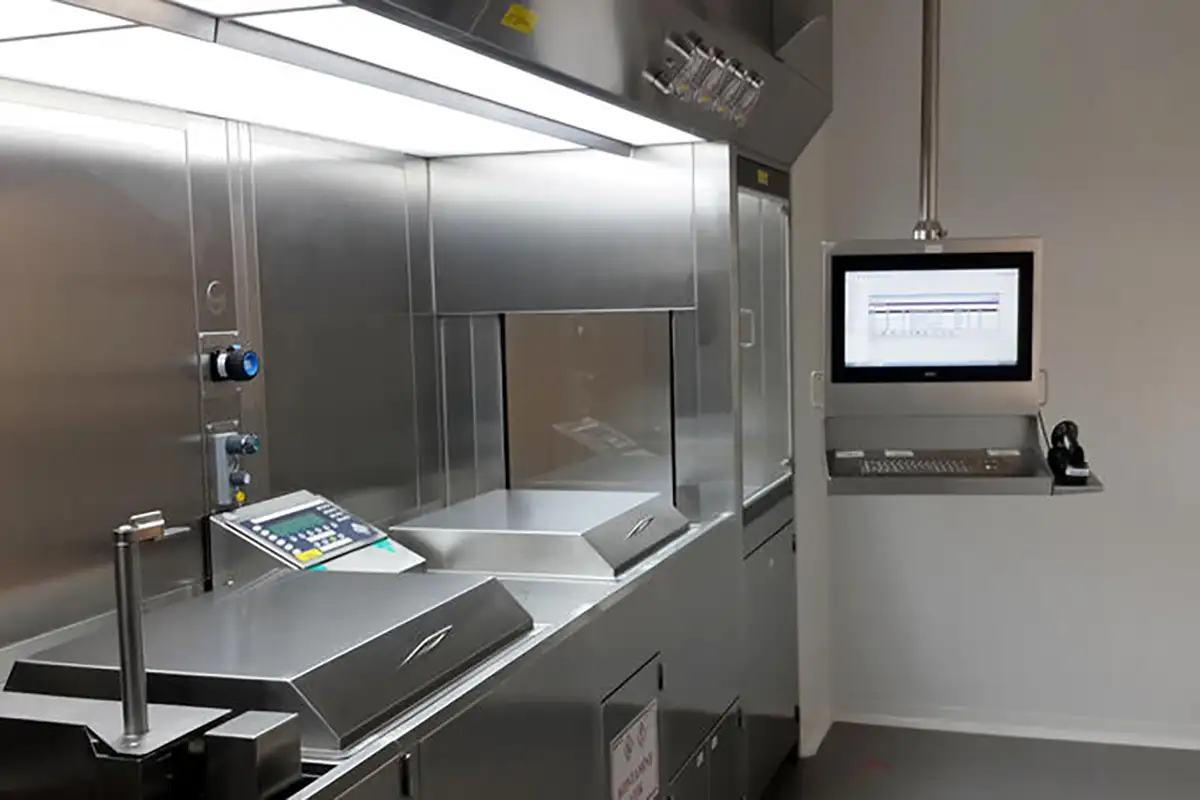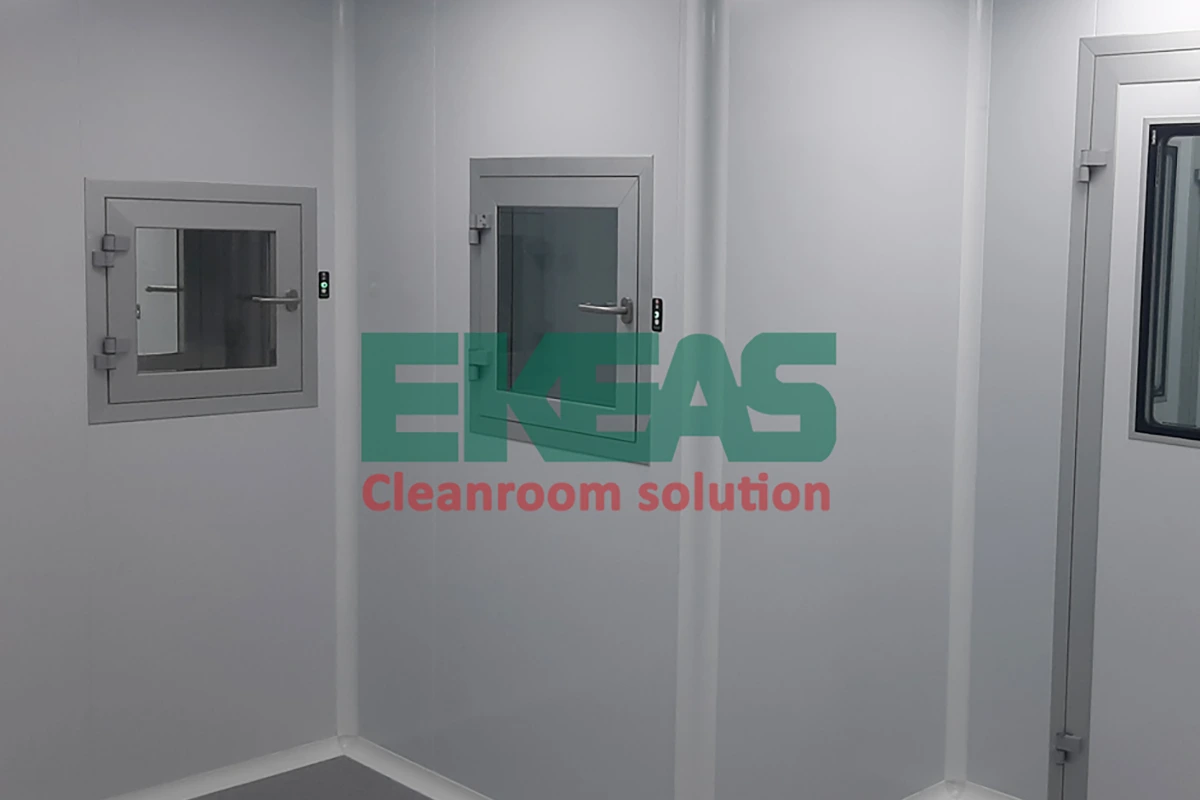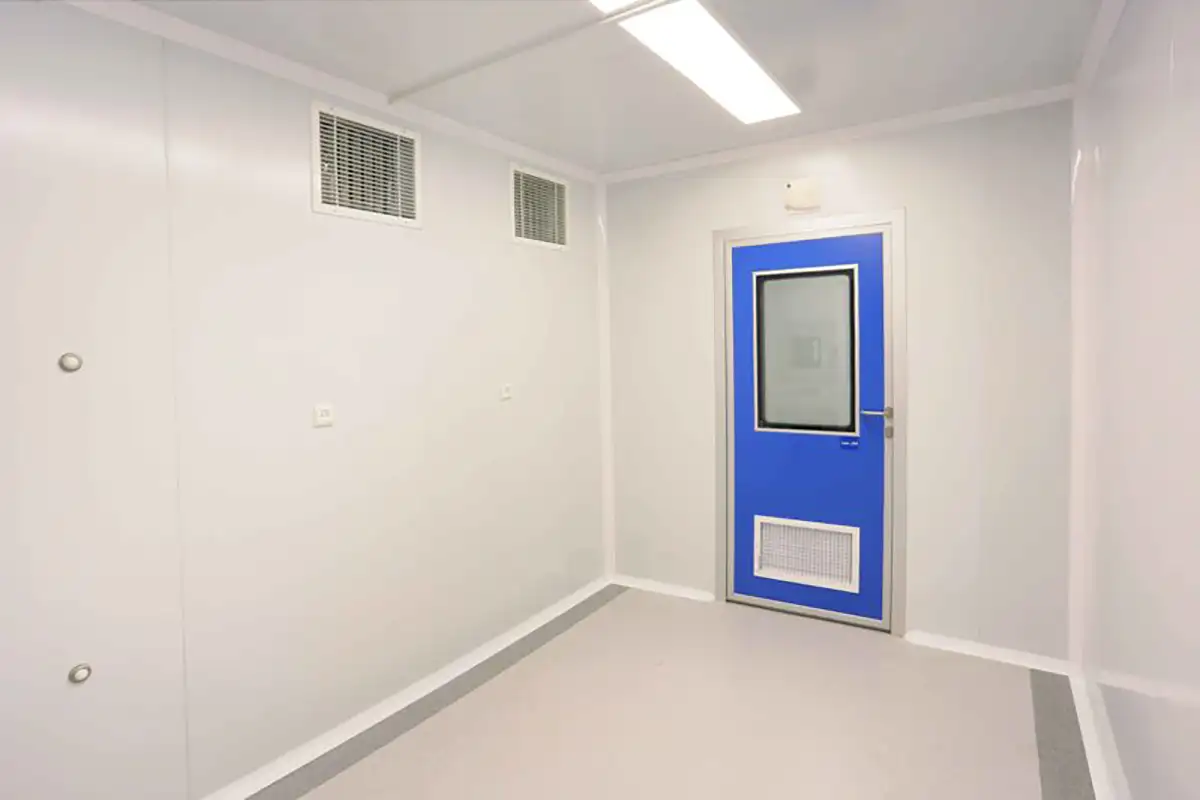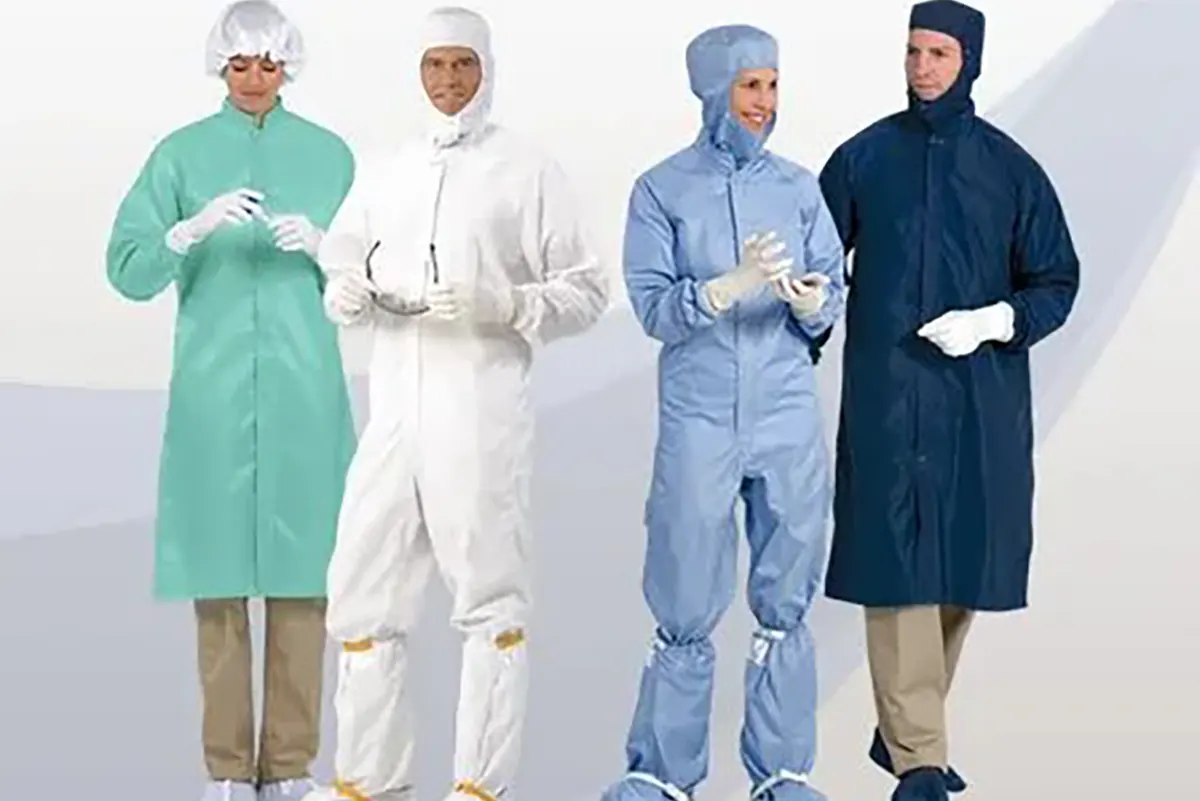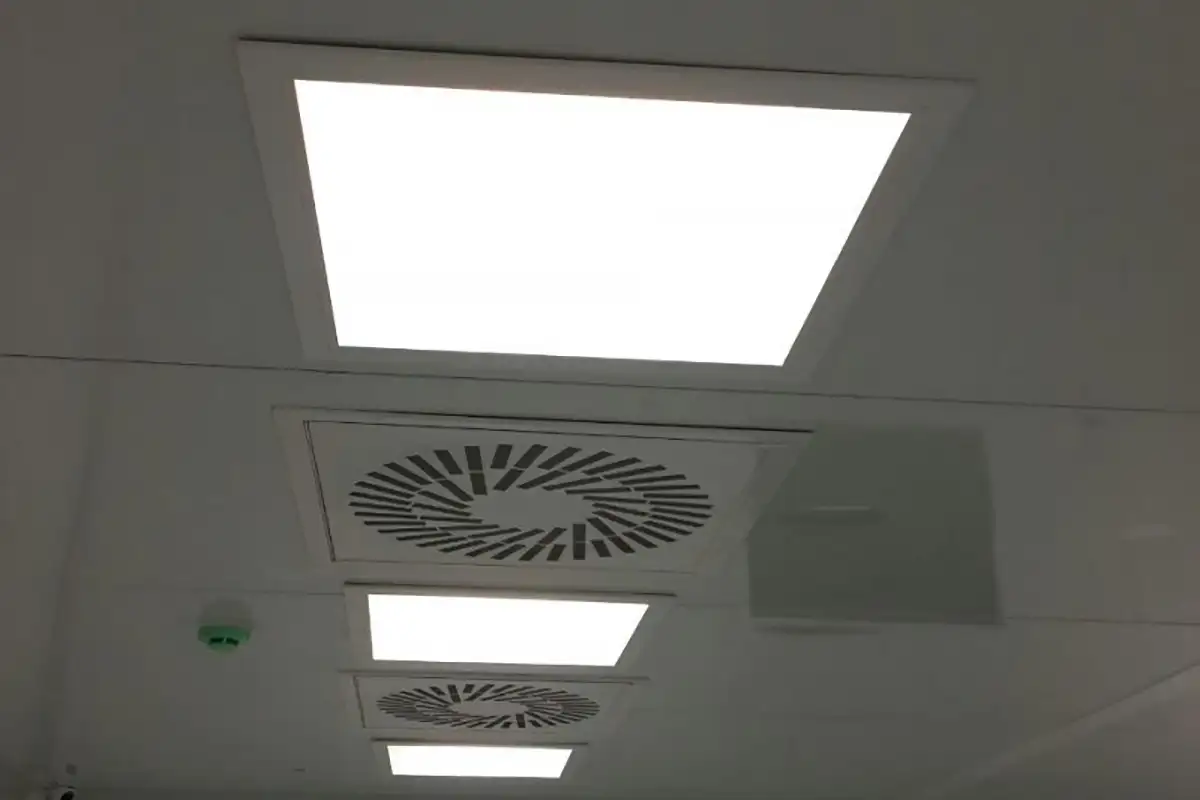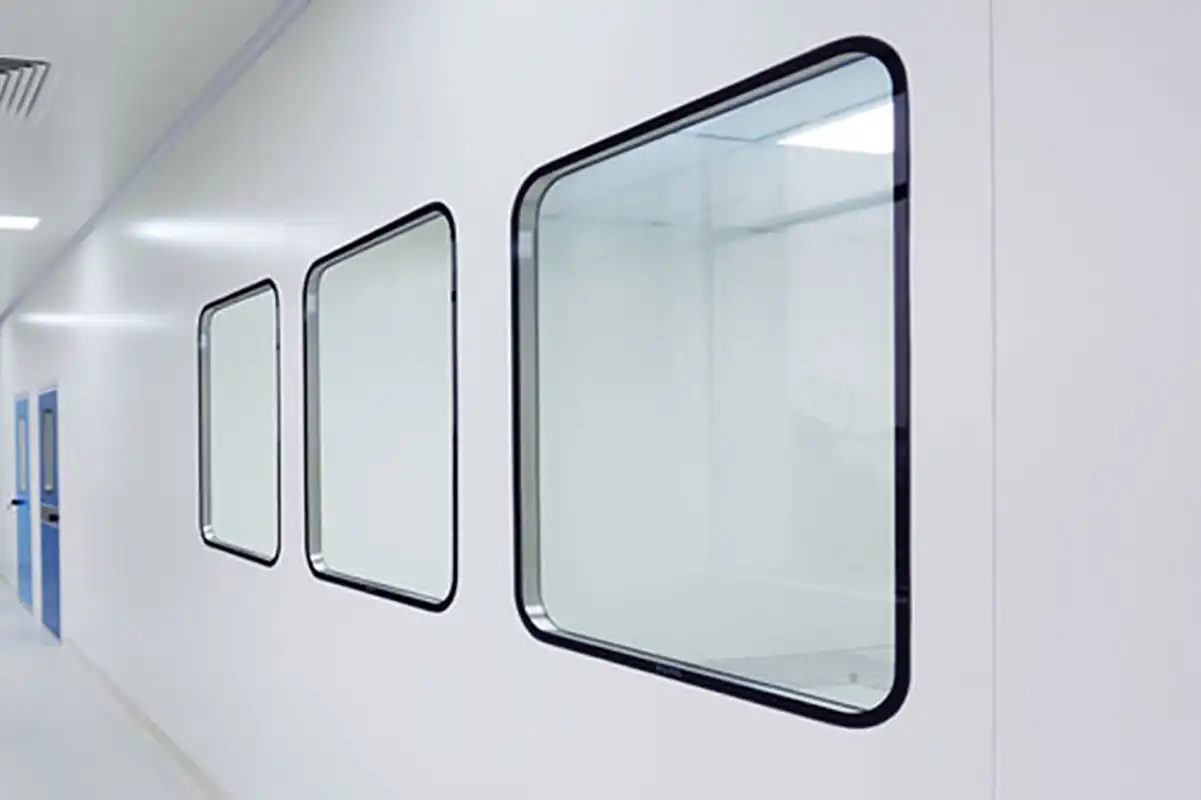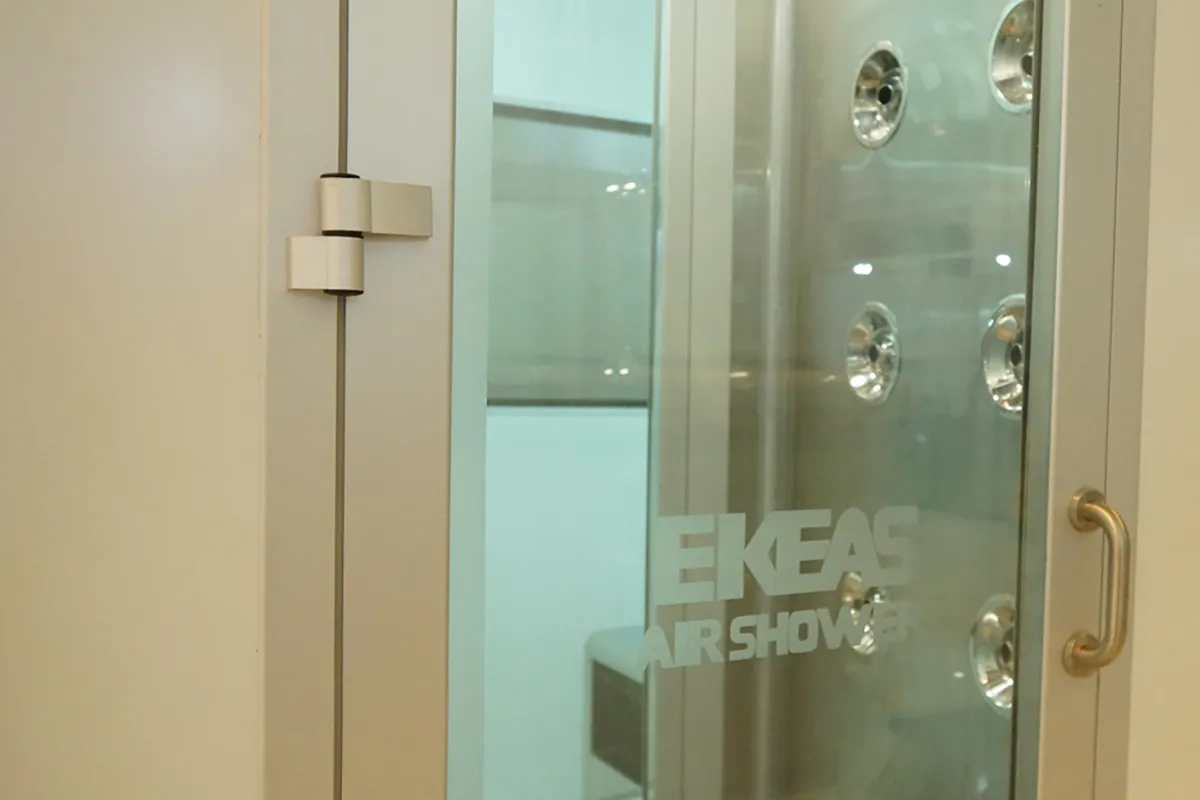The documentation for cleanroom qualification includes the following five items, which we will fully review in this article from the Akyas cleanroom website:
- Design Qualification (DQ)
- Installation Qualification (IQ)
- Operation Qualification (OQ)
- Performance Qualification (PQ)
Cleanroom Qualification Overview
In the context of cleanroom qualification, the following ISO 14644 standards provide a relevant and comprehensive basis for cleanroom technology:
- Annex C of ISO 14644-4 is assigned to a very comprehensive set of requirements for the validation and qualification of cleanrooms.
- ISO 14644-3 provides detailed guidance for measuring the physical parameters of cleanroom tests and acceptance, as well as process monitoring. In addition, it specifies the minimum functional requirements for test equipment in detail.
- ISO 14698-1 provides a comprehensive guide to microbial measurement methods and ISO 14698-2 provides guidance on the evaluation and interpretation of biocontamination data.
Cleanroom validation should focus on those parts of the system that have a potential direct impact on product quality and safety, i.e., critical elements. Other parts of the HVAC system, such as refrigeration machines (chillers) that supply cold water to air coolers, have an indirect impact and can be considered non-critical elements. For these cases, technical acceptance procedures in accordance with good engineering practices are sufficient. The boundary between the sections that require validation and the sections that only require technical acceptance should be clearly defined in the drawings and functional diagrams.
What is DQ or Design Qualification?
DQ, or Design Qualification, is a set of documentation that must be prepared in the cleanroom design phase and includes all cleanroom drawings with details.
Design Review and Design Qualification (DQ)
The design of a cleanroom must be reviewed before the preliminary HVAC system design is submitted for tender to select the main equipment suppliers and installation contractors. The purpose is to review the compliance of the cleanroom design with the initial specifications, GMP regulations, and applicable standards and guidelines. It should also be ensured that the set of documents is complete enough for the tender stage. Before reviewing the design of the cleanroom, a risk analysis should be performed to identify all unacceptable design weaknesses and then correct them. The document underlying this review is a detailed flow diagram in which all installation elements are individually recorded and identified: i.e., cleanroom air handling unit, air ducts, dynamic passage valve connections, cleanroom air flow regulating dampers and control valves, measurement sensors, and other components.
read more | Cleanroom Validation
After the tender, the suppliers of cleanroom equipment, hardware and software, as well as cleanroom installation contractors are selected and contracts are signed with them. This allows the work of detailed design and preparation of installation drawings, cleanroom material list, etc. to be developed. After this stage, the risk analysis must be updated as specific equipment-related risks can now be identified and corrected. The purpose of the next stage of cleanroom design qualification is to gain assurance that the detailed design complies with the previous initial design.
After successful design qualification, change control must begin, which is a formal procedure to ensure that the system’s qualification status is up-to-date and in compliance with GMP throughout its entire lifecycle as from this date, changes are not very common and occur in specific cases.
Installation Qualification (IQ)
After the completion of the installation of the cleanroom facilities, the work of installation qualification of the cleanroom is carried out. The main task is to review the completeness of the installation, and the best way to do this is to use the detailed flow diagram that has been used as the basis for the detailed design.
OQ or Operation Qualification of Cleanroom?
After the commissioning of the cleanroom, the operation and balancing of air flow rates, as well as after the installation of process equipment and devices, the HVAC system is now ready for operational qualification or OQ.
Operation Qualification (OQ)
At this stage of cleanroom qualification, it must be shown that the air flow rate or air exchange rate per hour in each room is correct, the air cleanliness levels and other control parameters comply with the specifications. Some of the tests required are the same tests used in conventional HVAC systems.
read more | Portable cleanroom
The following tests are performed in the cleanroom operational qualification (OQ) phase:
- Cleanroom particulate count test: This test determines the number of airborne particles required for classification. The number of sampling locations, sampling volume, and other conditions are specified in ISO 14644-1.
- Installed filter leak test: This test ensures that the final HEPA filters and their supporting structure are free of any leaks.
- Cleanroom airflow mapping: This test uses smoke marking to show that particles are successfully swept from critical areas, and also for analysis, such as analysis of airflow adjacent to equipment.
- Cleanroom recovery test: This test evaluates how quickly the room can return to its initial cleanliness state after being heavily contaminated with particles.
All cleanroom qualification tests are performed in both occupied and unoccupied states, according to ISO 14644-1.
Once all cleanroom elements have successfully passed operational qualification, they are ready to be transferred from the contractor(s) to the owner. At this stage, all technical and qualification documentation is also delivered. It must meet both customer expectations and regulatory requirements. Expectations for HVAC systems and other facilities are outlined in the Pharmaceutical Inspection Cooperation Scheme (PIC/S) Inspection Scheme Report.
PQ or performance cleanroom qualification
The purpose of performance qualification is to demonstrate that the overall production system is suitable for the repeatable production of the intended products, to the specified specifications.
Performance qualification (PQ) verification
All cleanroom and HVAC system tests are performed in this phase in the occupied state and during operation. Only the performance tests of those parameters need to be repeated that are expected to be affected by the presence of personnel, for example, air cleanliness classification. In case microbiological tests are required, these tests are not meaningful before operational qualification.
read more | Cleanroom Design
Cleanroom Monitoring During Production
Many advanced pharmaceutical manufacturing activities, especially if microbial risks are predominant, require the demonstration of the continuity and consistency of the provision of the specified pressure differential (and if necessary, particle counts or air velocity and possibly other parameters). This is only one of the many tasks of process monitoring, which encompasses all measurement and documentation activities related to the manufacturing process. The goal is to achieve a comprehensive set of data to demonstrate that the process is operating continuously within the specified ranges. The contamination control parameters that the air management system is responsible for are a fully integrated element within the overall process monitoring framework and are essential for batch documentation.
read more | Hygienic air conditioner
On the other hand, other control parameters such as cleanroom air flow rate, temperature and relative humidity in the cleanroom are essential for the automatic control of the air circulation system.
Therefore, data must be transmitted to the building control system (BMS) on the one hand and to the process monitoring system on the other. The process monitoring system must meet comprehensive monitoring requirements as set out in Annex 11 of the EU GMP Guide to Computerized Systems and within the framework of FDA regulations 21CFR 1134. The computerized systems referred to in these guidance documents require validation, which must be carried out in accordance with Good Automated Manufacturing Practices (GAMP).
Building automation systems, with their extensive ramifications throughout a facility’s building complex, cannot be validated with a single general rule. This is another good reason for keeping them separate from the pharmaceutical data monitoring system.
Both for process monitoring and for automatic control purposes, a low-voltage power supply is required that must be connected to an uninterruptible power supply because even interruptions of less than a second can cause them to behave erratically.
In pharmaceutical air handling systems, pressure, temperature, and relative humidity of the cleanroom are typically measured continuously. In class A cleanrooms, particle count and air velocity must also be measured continuously or at least at a specified frequency so that any intervention, transient event, and system malfunction can be identified (as specified in the EU GMP guidelines and WHO guidelines). For class B cleanrooms, a lower sampling frequency may be required but it should be continued on a continuous basis. However, for class C and D cleanrooms, periodic measurement of particle concentration at longer intervals accompanied by manual data logging is sufficient.
Periodic measurements are also specified for recording the pressure drop across HEPA filters. This pressure drop decreases over time, such that collection of quarterly, biannual, or even annual manual logging is sufficient. Airborne microorganisms must also be sampled periodically. Except in class A areas which require frequent sampling.
In cases where continuous or frequent sampling is required in protected areas with unidirectional airflow, sampling probes or sensors must be installed in locations close to critical areas and at locations that have been optimized in the operational qualification phase.
Cleanroom operations and maintenance
In order to prevent the ingress of unwanted air into controlled areas, the HVAC system of the facility must operate continuously. However, in facilities with a single shift operation, reducing the airflow rate outside of production hours, i.e. in occupied and unoccupied status, saves energy costs: reducing the airflow rate to 50% of the nominal value can lead to a reduction in energy costs of up to 80%!
Of course, the pre-defined pressure difference between rooms as well as the pre-defined degree of air cleanliness in occupied and unoccupied status and also the specified airflow pattern must be maintained uninterruptedly during system operation with reduced airflow rate.
Maintenance of the HVAC system of a clean facility generally follows the procedures of other industrial air conditioning systems. The only difference is in relation to the final HEPA filters: after filter installation, a leak test according to ISO14644 must always be carried out.
Cleanroom Validation to Demonstrate Continued Compliance
Cleanroom validation to demonstrate continued compliance with ISO 14644-1 is covered in ISO 14644-2, 3, and 6. Two conditions can be considered:
- Periodic cleanroom testing and confirmation, which is typically performed annually.
- Cleanroom testing under special conditions, such as after changing HEPA filters or a significant interruption in the HVAC system.
Cleanroom validation is performed in both occupied and unoccupied conditions, and according to ISO 14644-2, the following parameters must be checked at a minimum:
- Air cleanliness grade
- Pressure differential between rooms
- Air velocity (for unidirectional airflow) or air flow rate (for turbulent airflow)
Additional tests may also be required for a cleanroom. FDA and WHO requirements mandate periodic testing of the leak rate of installed HEPA filters for cleanroom air management systems.
FDA specifies a minimum of two times per year between tests, while WHO allows for extension to once per year. Although, surprisingly, there is no mention of filter leak testing in Annex 1 of the EU GMP Guide, the PIC/S PI032-2 guideline recommends it. In fact, this test should be included in the validation programs of all systems that use HEPA end-of-line filters.
Some users of cleanroom production facilities develop compliance verification measures up to microbial limits, which must of course be evaluated in occupied and operating conditions.
Conclusion
In general, cleanroom quality assurance is carried out in the design, installation, and operation phases, which respectively include design quality assurance (DQ), installation quality assurance (IQ), operational quality assurance (OQ), and performance quality assurance (PQ). Each of these phases must be prepared and adjusted in accordance with national and international standards and requirements and monitored. Cleanroom Ekeas is ready to provide services to provide all phases of quality assurance.
Cleanroom Equipment by Ekeas
Cleanrooms include a variety of equipment, and in order for a cleanroom to meet standards, it must use the appropriate equipment. Here are a few examples of cleanroom equipment:
